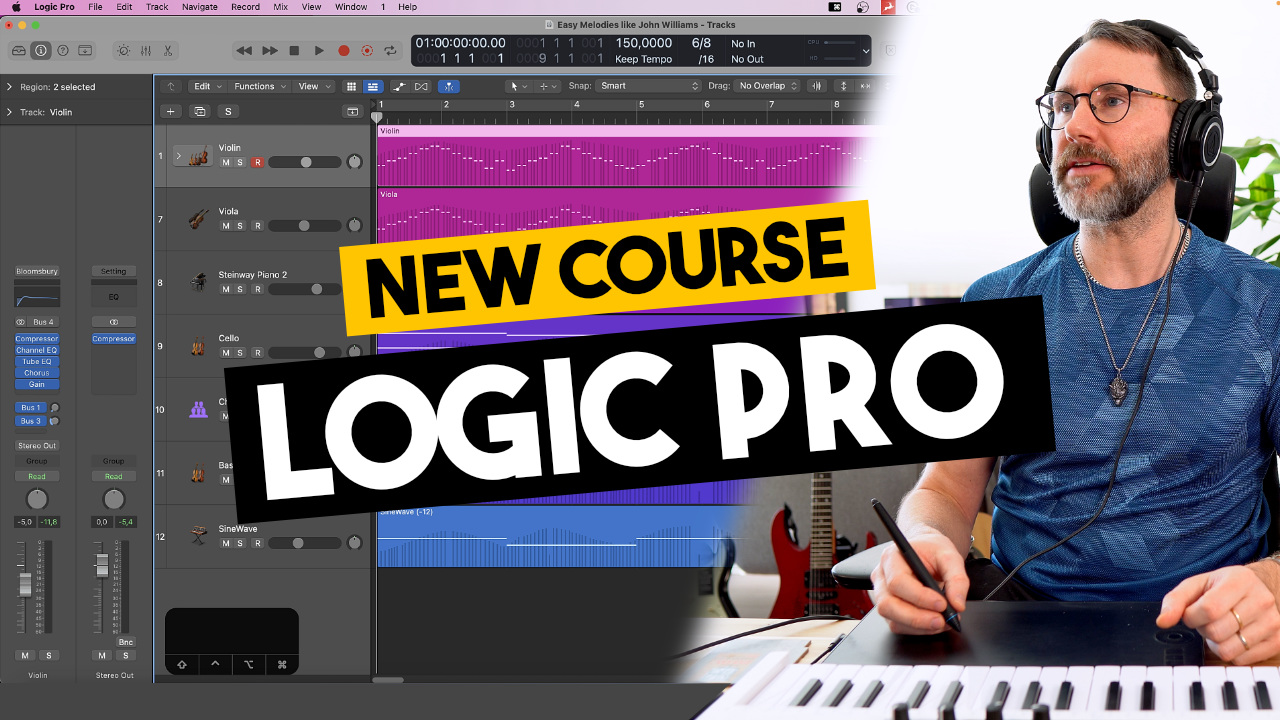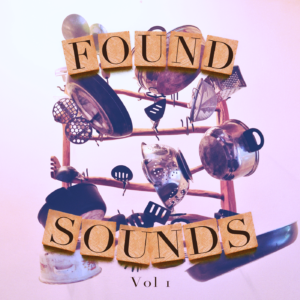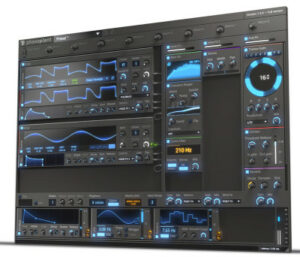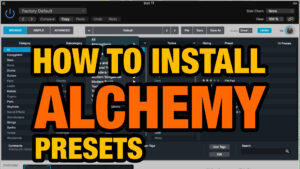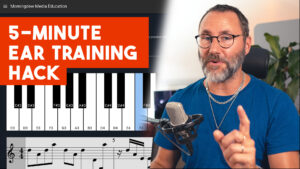In this article and video we will look at how to sidechain in Bitwig Studio. Sidechaining is one of the most important production techniques to learn for any modern music producer.
Obviously, there are different ways to achieve sidechaining in a DAW like Bitwig Studio.
In the video I show how you side chain with the Dynamics device and the Tool device. Furthermore, I briefly talk about using other side-chaining plugins from third party developers, like the Dodge Pro sidechain plugin.
What’s the difference between side-chaining and ducking?
Side-chaining, is when you lower the volume of one audio track according to the transients (volume curve) of another audio track. A second track is feeding the side chain input and triggering a compressor / limiter when a certain threshold is exceeded. The side-chain compressor often has a quick release and will quickly let the music get back to normal level after each side-chain “trigg”. The result is a pumping effect often used in modern dance music.
Ducking Audio Effect
Ducking, is when you lower the audio of a background music track when a speaker (voice over) is talking. As long as the speaker is talking you want the “ducked” background music to be at a steady-low-volume. As soon as the speaker is muted the music rises back to full level.
So the difference is that the ducking often has a much longer release and hold time, compared to how you set a sidechain compressor.
Sidechaining in Bitwig Studio
Sidechaining in Bitwig Studio is very easy to achieve. It’s just a few small steps. I hope you like the presentation. And please write any questions or comments in the video comments below.
